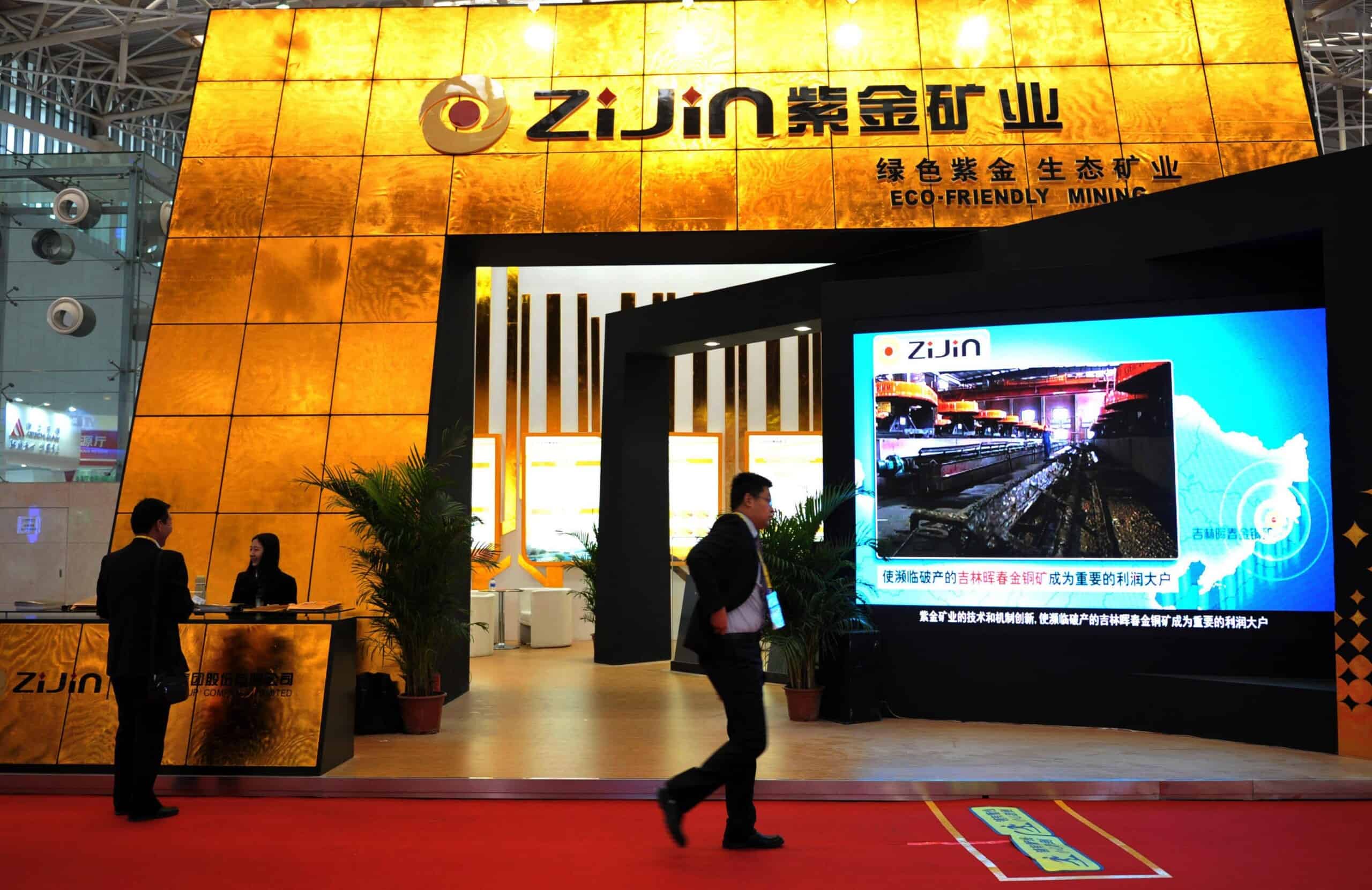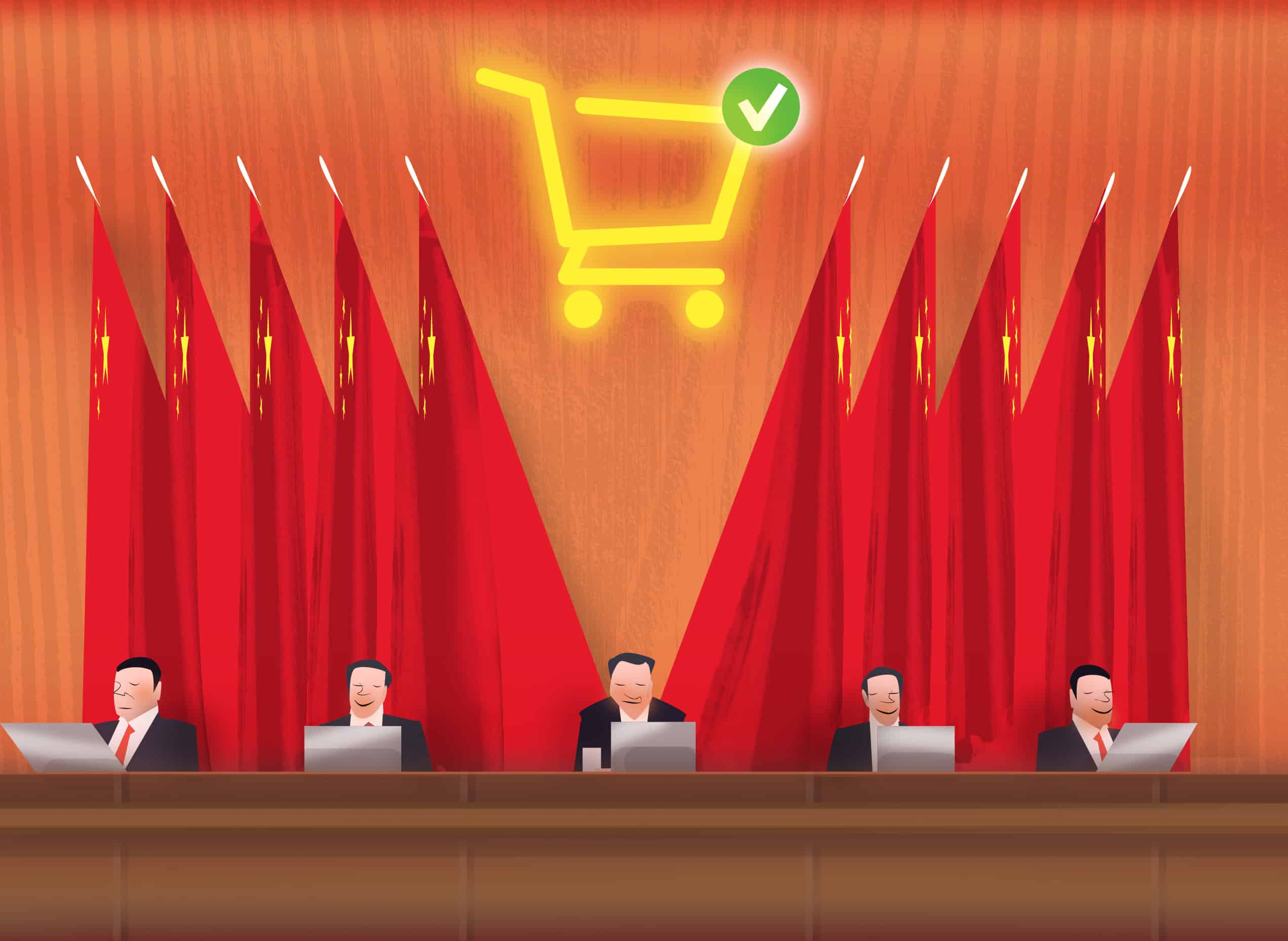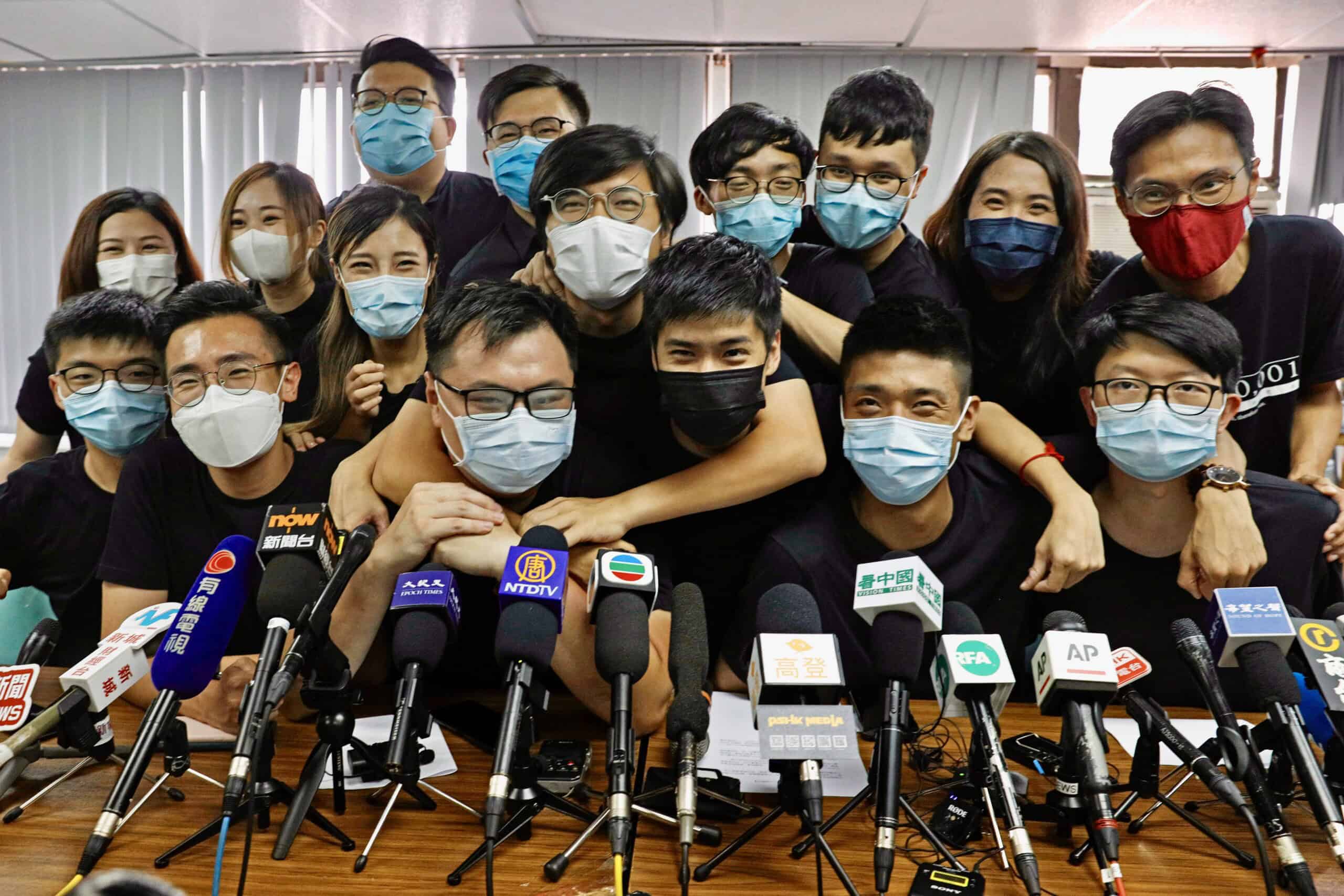
The global transition to green energy has brought a resurgence of interest in the mining industry, amid spiking demand for strategic minerals. China’s Zijin Mining, one of the world’s largest mining corporations, stands to gain.
Having originally specialized in copper and gold, Zijin is expanding its reach into new metals, including lithium and molybdenum — key ingredients for renewables and electric cars.

Since October, it has announced three new acquisitions and expanded its stake in at least two mines. It also completed deals for three lithium assets earlier in 2022.
Some question whether this rate of expansion can last. In November, credit ratings agency Fitch downgraded Zijin from investment grade to junk over concern about the company’s debt-fuelled expansion.
This week, The Wire looks at Zijin Mining: its emergence as one of China’s largest miners, its overseas investments, and the challenges it faces amid its expansion into minerals for the green economy.
COMPANY HISTORY
Among the colorful origin stories of China’s business titans, few begin with the founder striking literal gold. Yet Chen Jinghe’s career began precisely that way.
A geologist and engineer by training, Chen led a team prospecting a mountain in his native Fujian province in the 1980s, known as Zijinshan. Convinced of Zijinshan’s untapped potential as a source of gold and copper, Chen moved his young family to the region and experimented with novel processes to extract and refine the minerals. He established an eponymous company, Shanghang Zijin Mining Co., and began developing the mine in 1993.
By 2001, the Zijinshan gold mine was the single largest open pit gold mine by output in China. The company quickly expanded and acquired several other projects across central and western China. It diversified into copper, whose mineral deposits are often found near gold, as in the case of Zijinshan.
Gold and copper remain Zijin’s principal sources of revenue, with mined and refined products accounting for 52 and 29 percent of the company’s 2021 revenues, respectively. The company controls over three quarters of China’s copper reserves and over 40 percent of its gold.
Overseas projects have become key to the company’s growth: Zijin runs mining projects in 13 countries, which accounted for over half of operating profits in 2021, according to its annual report.

Zijin’s founder Chen has cultivated close ties with several powerful figures linked to the mining industry including Robert Friedland, the Canadian mining mogul and longtime dealmaker in China. In 2015, Zijin took a 9.9 percent stake in Friedland’s Ivanhoe mines, and began a joint venture with it to develop a vast copper mine in the Democratic Republic of the Congo. Upon completion, the Kamoa-Kakula mine will be one of the five largest copper mines in the world, based on Ivanhoe’s projections.
That same year, Zijin announced a strategic partnership with the Barrick Gold Corporation, then under the leadership of chairman John Thornton, a former Goldman Sachs executive with a decades-long relationship with China’s political elite. As a “first step,” Zijin bought half of Barrick Niugini Limited, which at the time owned 95 percent of the Porgera gold mine in Papua New Guinea, one of the world’s 10 largest gold mines.

POLLUTING LEGACY
While Zijin has succeeded in expanding its global mining footprint, its record at maintaining its assets has been spotty.
The company has been repeatedly criticized by governments, researchers and activists for its environmental track record across multiple jurisdictions. After Zijin acquired a Serbian copper mining complex, it faced protests and was ordered in 2021 to stop work after failing to meet environmental standards.
The local government at the Porgera mine in Papua New Guinea stripped Zijin and Barrick Gold of their rights to the mine in 2020, citing environmental and social concerns. A 2019 report by researchers at Columbia Law School had described residents living around the Porgera mine as facing “deplorable conditions” including toxic pollution, a lack of safe drinking water and sexual assault at the hands of security guards. In March, Barrick Niugini Limited agreed a deal under which it would resume operations at Porgera, but would hand over half of its stake to the PNG government.
The original Zijinshan mine where Chen Jinghe started his business has not been spared. A 2011 investigation by Southern Metropolis Daily found a “pollution disaster” around the mountain; contaminated river water had killed all marine life and the cancer rate in surrounding villages was up to 10 times the national average.
But problems with pollution have not generally hurt Zijin’s bottom line. Gold output from Zijinshan now represents less than 5 percent of Zijin’s total annual production. In the year before it was shut down, the Porgera mine accounted for 22 percent of Zijin’s total annual gold production, and generated about 12 percent of its profits. But Zijin made up for lost revenue from the mine during the two years it was closed thanks to expanded operations domestically and in Australia and Colombia.

GREEN TURN
Zijin has been looking to diversify beyond its traditional mineral holdings, but it remains well behind leaders in the Chinese lithium sector such as battery maker CATL, Jiangxi-based Ganfeng Lithium and Sichuan-based Tianqi Lithium.
Its efforts to catch up have garnered unexpected scrutiny. In October 2021, Zijin closed a $770 million deal to buy Neo Lithium, a Canadian lithium miner with assets in Argentina. Canada’s foreign investment regulator greenlit the deal the following January, but Canada’s parliament subsequently held hearings on the deal, and Ottawa is now cracking down on investments in Canadian critical mineral miners by foreign state-owned enterprises.

Zijin has continued to spend heavily on lithium. Between February and June it announced a combined $1 billion investment for controlling stakes in projects in Tibet and Hunan, as well as a further $380 million investment in a lithium plant in Argentina. It has also begun prospecting for lithium in the DRC. In the long run Zijin plans to produce over 150,000 tons of lithium per year, according to the company’s website. That would make it a major player in the sector: global demand could rise to between 500,000 and 1.3 million tons annually by 2025, according to industry forecasts.
Rating agencies are looking at Zijin’s balance sheet with less enthusiasm. The company’s acquisitions and investments to date have cost more than double their expectation, analysts at Fitch wrote in their November note explaining their downgrade. Most of Zijin’s deals will likely be funded with debt, raising its forecasted debt to earnings ratio to over 2.2 times between 2022 and 2024.
Still, Zijin has executed major expansions in the past. Whether it can strike gold twice remains to be seen.

Eliot Chen is a Toronto-based staff writer at The Wire. Previously, he was a researcher at the Center for Strategic and International Studies’ Human Rights Initiative and MacroPolo. @eliotcxchen



